

What truly defines a MOBA has been something of a hot topic lately. I’ve had countless discussions with friends and colleagues regarding the true meaning of the word MOBA and what requirements games of the genre must follow. It seems that everyone has their own opinion, ranging from very conservative to incredibly liberal usage of the term. Some believe only games that resemble DotA could ever be a true MOBA while others would stretch the usage to even include game modes like Halo 5’s Warzone. To realistically understand what a MOBA is, we have to take a look at the past, present, and future of the genre.
In simplest terms, a MOBA is a multiplayer online battle arena. This in itself is a very general term, and simply requires that there are multiple players who are fighting in some type of arena while on the Internet. With such a vague acronym, it’s easy to understand why it’s easy to have such varying types of definitions. On the other hand, take a genre like the first-person shooter where the only requirement involves some type weapon usage through the eyes of the character. It’s easy to distinguish and nearly impossible to argue one way or the other. A third-person shooter is not an FPS and neither is a top-down strategy game. A very simple definition for a simple genre classification.
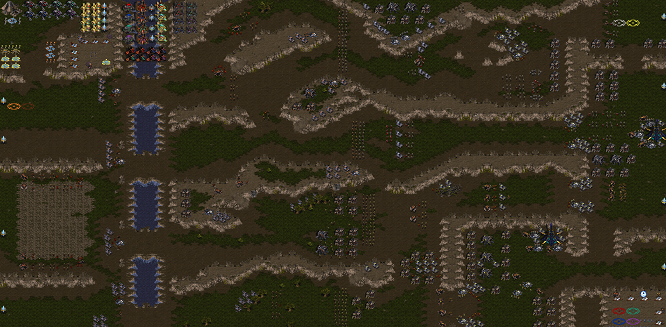
The roots of the MOBA can be traced back to the StarCraft custom map called Aeon of Strife. In Aeon of Strife, there were two teams of 4 players who each controlled a single powerful unit. The computer also spawned waves of units and players could periodically upgrade their heroes. It was significantly less complex than current MOBA variations, but the base is still very much intact. Next, there is the game that everyone relates to the beginning of the MOBA genres, which happens to be DotA or Defense of the Ancients.
In DotA, players control a single Warcraft III hero that has three normal abilities and one significantly more powerful ultimate ability. It was able to mold the MOBA genre in to what we know today because there were significantly less constraints for map creation in Warcraft III than in StarCraft. Now players could control heroes with innate abilities, purchase weapons or armor, and even obtain consumables or new abilities from the item shops. There was also the introduction of the jungle and the boss-type unit Roshan.
DotA is often considered the golden standard of the MOBA, however, simply because it was created using a real-time strategy engine doesn’t mean the genre is limited to that platform. Like many other genres, it’s incredibly susceptible to creating a hybrid game that uses aspects from multiple genres. Just as Fallout 4 can combine the FPS and RPG genres, games like SMITE combine the MOBA and third-person shooter. Therefore, it’s more important to look at the key aspects that make a MOBA instead of what games have historically been included in it.
There are a few key elements that are generally used to classify a MOBA. First off, there are at least two teams; sometimes there are more but games with this gimmicky mechanic tend to not last long. Secondly, each team has a base or some type of main objective that the other team needs to destroy. In DotA there’s an Ancient, League of Legends has a Nexus, and SMITE has a Titan that will defend itself. There are also usually set paths, generally called “lanes” with defensive structures, and players control one hero that’s significantly more powerful than the AI minions. Finally, match progression is the final important aspect of the MOBA. Heroes and/or minions need to become more powerful by gaining levels, obtaining items or learning new skills.

By sticking to these few fundamentals, there are a number of new games on the market that either call themselves MOBAs or are given that classification by the players. The first to really break the RTS mold was SMITE, which essentially copied every major mechanic from DotA, and became successful by simply introducing the game as a third-person shooter. Recently, there are other games that have strayed even farther from the classic MOBA experience, such as Gigantic where there aren’t even minion waves. Instead, there are a few different routes to the enemy boss and players can spawn their own creatures at strategic locations instead. However, it still follows the basic formula in regards to teams, progression, and a major objective.
With all the different perceptions about what a MOBA is, there are a few new/upcoming games that I feel fall into a grey area. These games might have a few of the aspects that make a MOBA but not all, and that can make classification quite confusing. The first is the Halo 5 Warzone. It contains two opposing teams with their own bases, AI soldier waves, random bosses, and a core as the final objective.
However, what Halo 5 is truly missing to be a real MOBA is any type of progression. Players don’t gain experience or access to new abilities as the match goes on, and while they can get different weapons it’s not exactly linear progression. In all honesty, it’s much closer to the Unreal Tournament Warfare mode with the addition of AI units. Personally, I don’t find AI waves to be the definitive aspect of a MOBA, and there are games without minions that much more closely resemble the true nature of the genre. For example, in Call of Champions players push orbs of death into the enemy’s base instead of following minions, but the game is still very much a MOBA in every other aspect.

Another games that makes use of many MOBA elements is the upcoming Gearbox FPS Battleborn. Although Battleborn has a primary focus on PvE and co-op gameplay, the Incursion PvP game mode closely resembles both a FPS and a MOBA. It includes all of the key components of a MOBA from base destruction to progression, but it manages to do so while making use of FPS combat. So, while Battleborn definitely isn’t a MOBA, the Incursion game mode itself could technically be classified as one.
Obviously, every person will have their own take on what does or doesn’t make a particular genre. This isn’t just for MOBAs, as many will argue what makes an RPG or MMO. However, there’s no harm in combining genres to make new and exciting types of games, but when a term is used too loosely it can lose all meaning. If people starting calling every new game a MOBA genre, even though the games vary widely, the classification can lose its purpose.
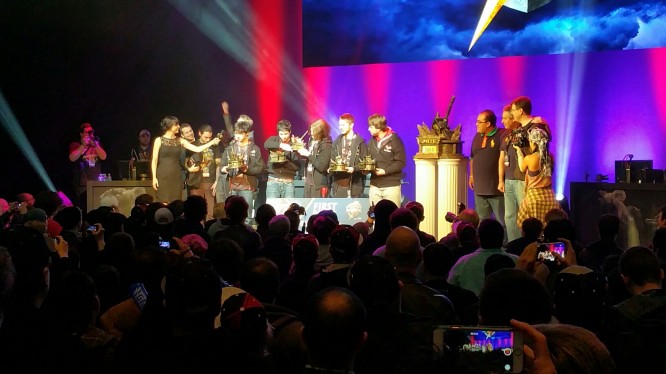
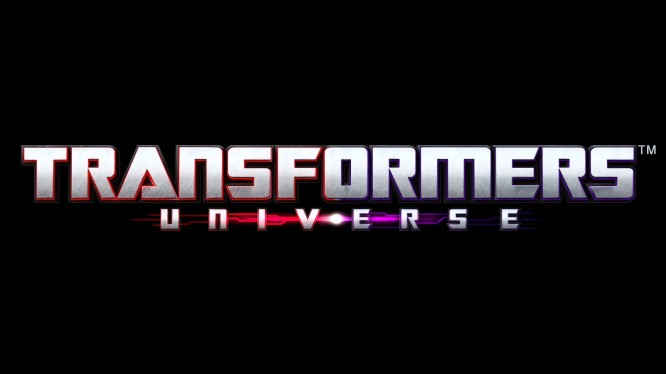
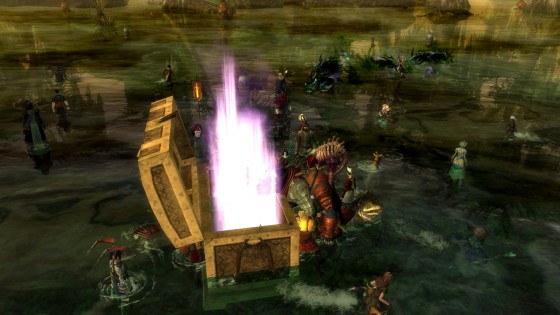

 Beta Data: August 28, 2015 .
Beta Data: August 28, 2015 . Dispatches From the Tower: Why You Should Give Destiny Another Chance .
Dispatches From the Tower: Why You Should Give Destiny Another Chance . Runes of Magic: Do a Bit of Gardening at Long Last
Runes of Magic: Do a Bit of Gardening at Long Last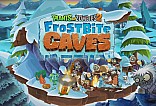 Plants vs. Zombies 2: Destroy the Dodo Rider Zombie
Plants vs. Zombies 2: Destroy the Dodo Rider Zombie Beta Data: April 4, 2014 .
Beta Data: April 4, 2014 .